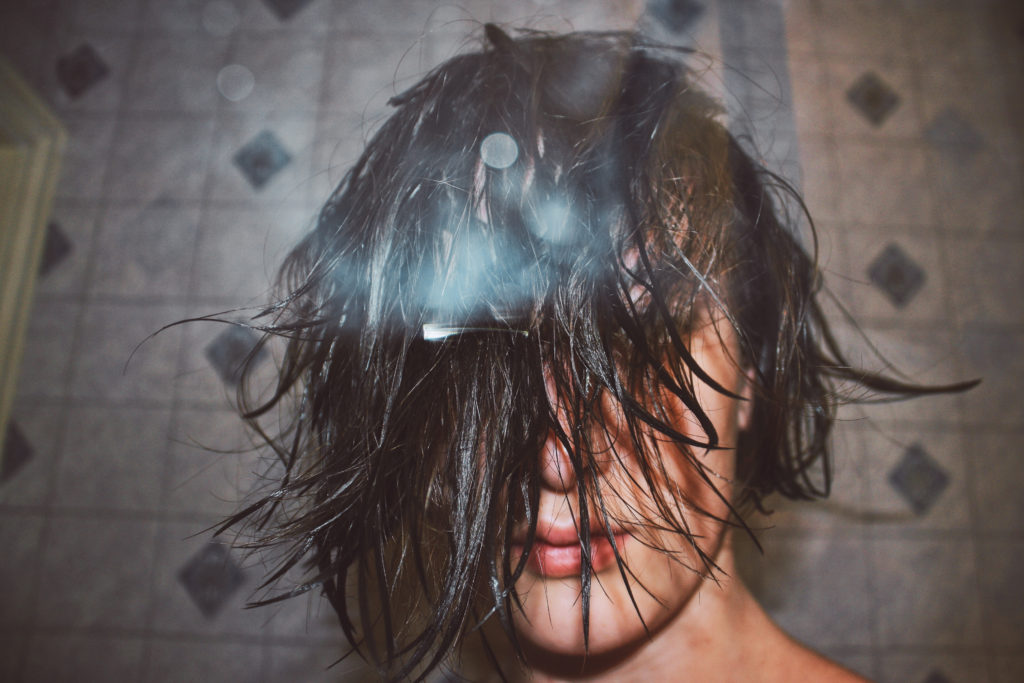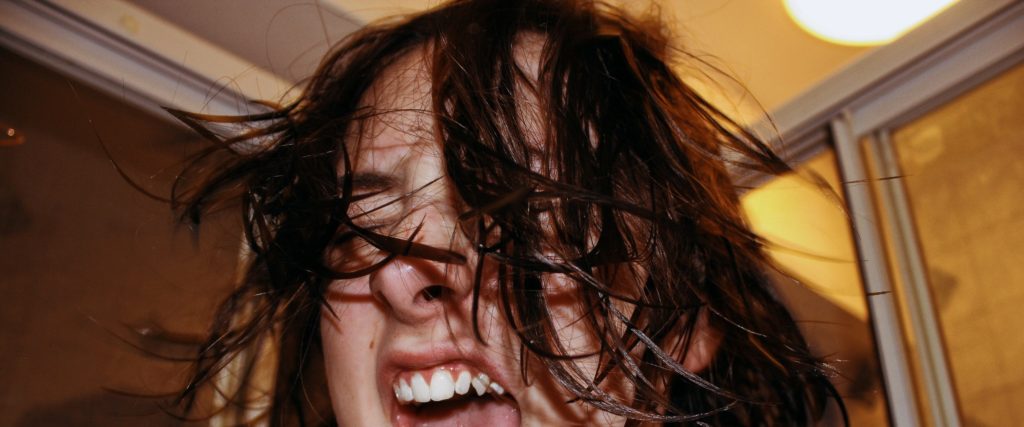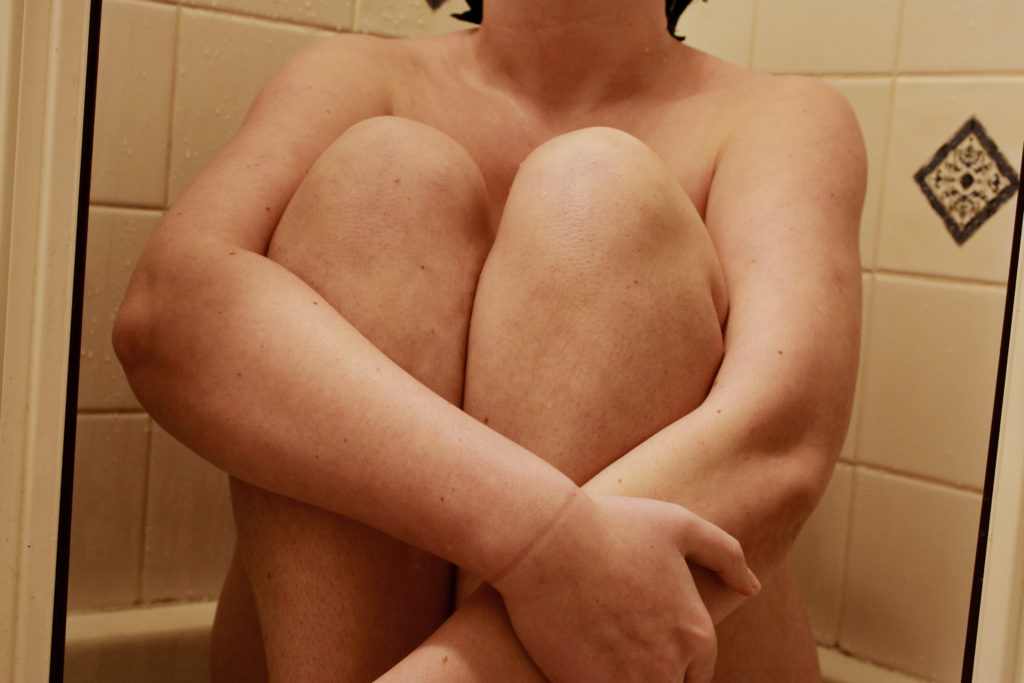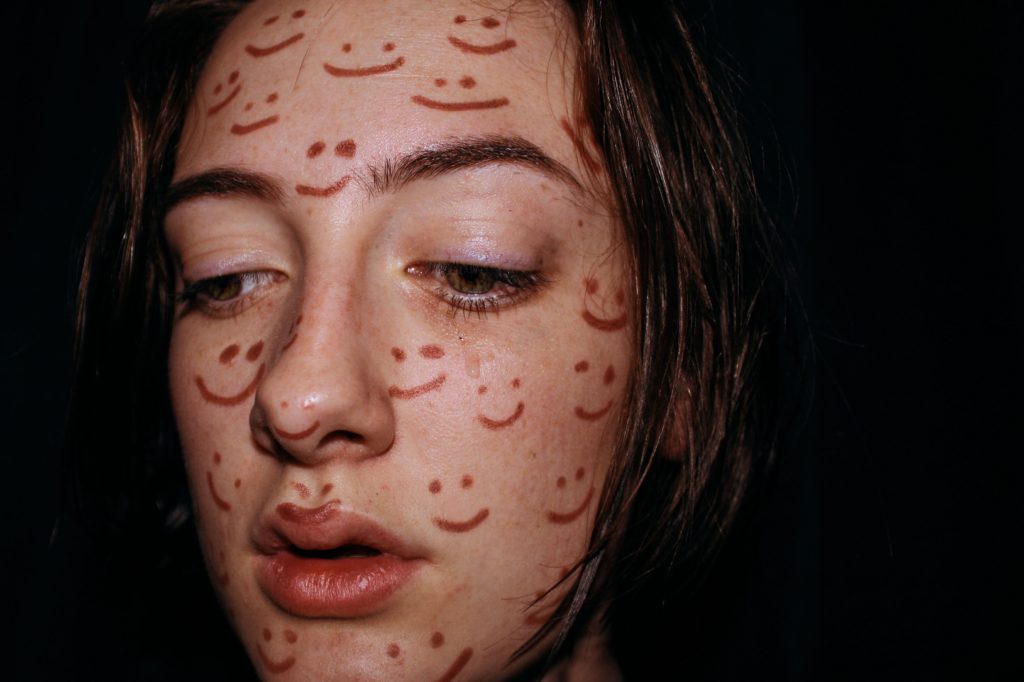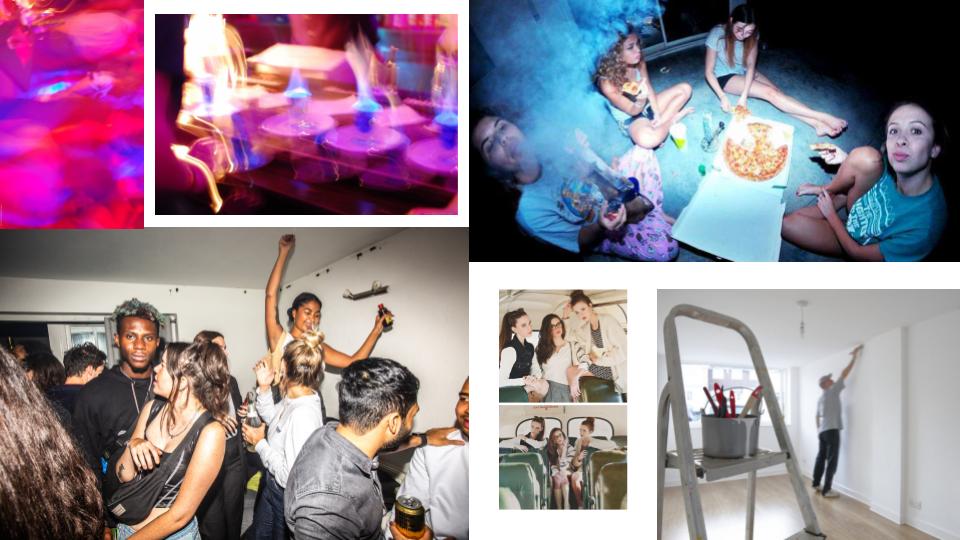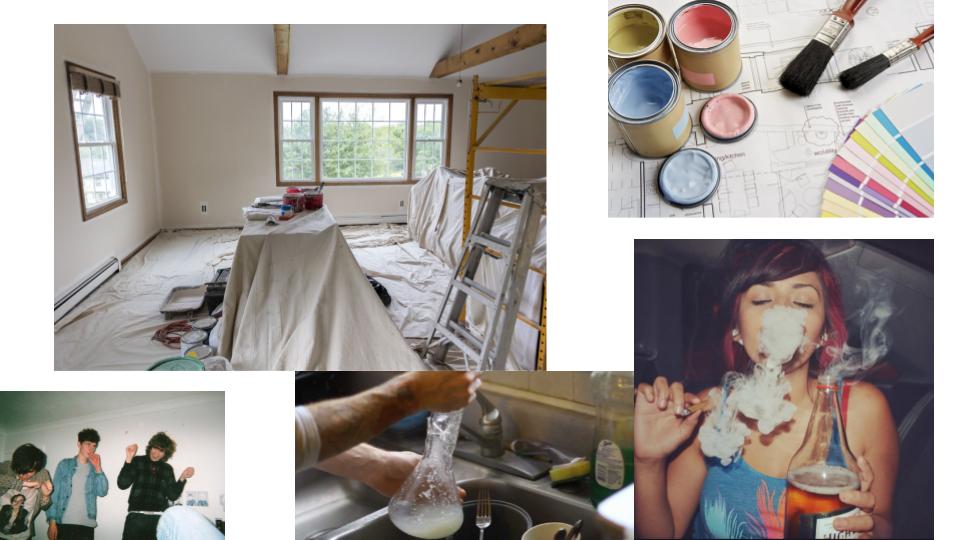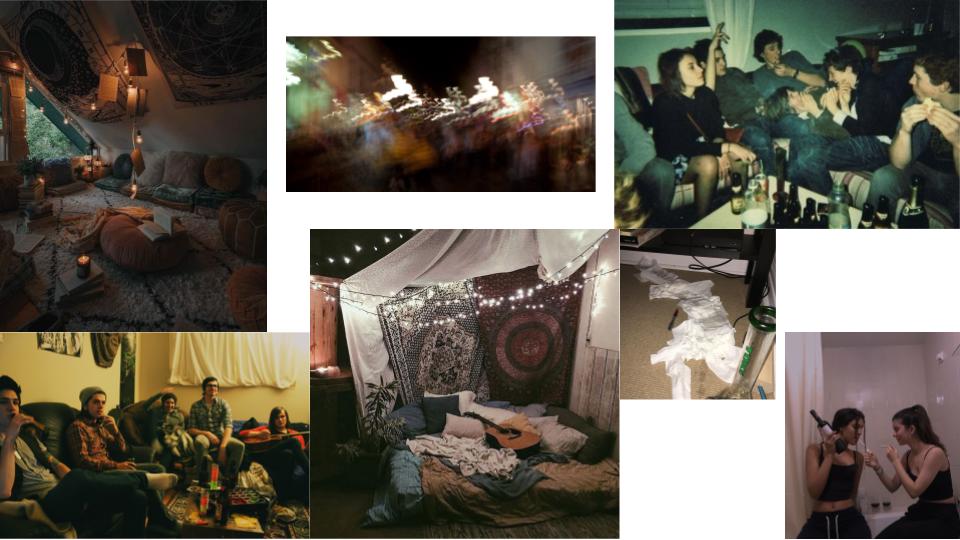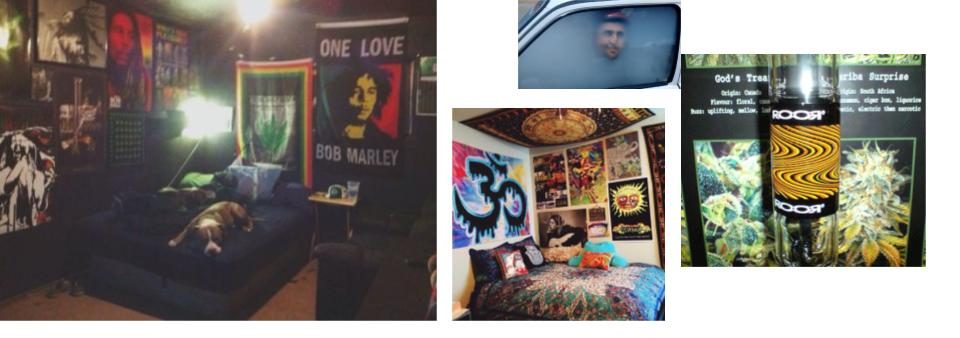Introduction (250-500 words). Think about an opening that will draw your reader in e.g. you can use an opening quote that sets the scene. You should include in your introduction an outline of your intention of your study e.g. what and who are you going to investigate. How does this area/ work interest you? What are you trying to prove/challenge, argument/ counter-argument? What historical or theoretical context is the work situated within. Include 1 or 2 quotes for or against. What links are there with your previous studies? What have you explored so far in your Coursework or what are you going to photograph? How did or will your work develop. What camera skills, techniques or digital processes in Photoshop have or are you going to experiment with?
Paragraph One Structure- (500 words): Use subheading. This paragraph covers the first thing you said in your introduction that you would address. The first sentence introduces the main idea of the paragraph. Other sentences develop the subject of the paragraph.
Content: you look at the following- Exemplify your hypothesis within a historical and theoretical context. Write about how your area of study and own work is linked to a specific art movement/ ism. Research and read key text and articles from critics, historians and artists associated with the movement/ism. Use quotes from sources to make a point, back it up with evidence or an example (a photograph), explain how the image supports the point made or how your interpretation of the work may disapprove. How does the photograph compare or contrast with others made by the same photographer, or to other images made in the same period or of the same genre by other artists. How does the photograph relate to visual representation in general, and in particularly to the history and theory of photography, arts and culture.
Plan- For discussing the context within my visual culture in my photography, I plan to look into realism and straight photography as I feel as if they closely link to the theme of my essay question of ‘truth’ as these two subjects are taking images for how they are to represent issues within the photograph. I could also use these subjects to expand my meaning and analysis behind images as I can discuss the social and body image issued behind dancing, as well as explicitly showing how this would link to my dance images taken. I will also use context information behind realism and straight photography to show research methods.
Paragraph 2 Structure (500 words): Use subheading. In the first sentence or opening sentences, link the paragraph to the previous paragraph, then introduce the main idea of the new paragraph. Other sentences develop the paragraphs subject (use relevant examples, quotations, visuals to illustrate your analysis, thoughts etc)
Content: look at the following- Introduce your first photographer. Select key images, ideas or concepts and analyse in-depth using specific model of analysis (describe, interpret and evaluate) – refer to your hypothesis. Contextualise…what was going on in the world at the time; artistically, politically, socially, culturally. Other influences…artists, teachers, mentors etc. Personal situations or circumstances…describe key events in the artist’s life that may have influenced the work. Include examples of your own photographs, experiments or early responses and analyse, relate and link to the above. Set the scene for next paragraph.
Plan– The photographer I have firstly chosen to analyse will be ‘Danny Lyon’ who is a portrait photographer. I will include a small piece of context information about his life and his work to show research. However, I will mostly speak about how his work is related to my ideas, how I think this will be successful through representing the truth through my imagery, as well as analysing how his work can be related to my essay question. I will also evaluate my ideas from his photographic work and how I would like to present them.
Paragraph 3 Structure (500 words) : Use subheading. In the first sentence or opening sentences, link the paragraph to the previous paragraph, then introduce the main idea of the new paragraph. Other sentences develop the paragraphs subject (use relevant examples, quotations, visuals to illustrate your analysis, thoughts etc)
Content: look at the following- Introduce key works, ideas or concepts from your second and third photographer and analyse in-depth – refer to your hypothesis… Use an image by photographer.. what do find interesting in the photograph? What do we know about the photograph’s subject? Does the photograph have an emotional or physical impact? What did the photographer intend? How has the image been used? What are the links or connections to the other photographers? Include examples of your own photographs and experiments as your work develop in response to the above and analyse, compare, contrast etc. Set the scene for next paragraph.
Plan- I will analyse two images in my essay, one from Dasa Wharton work and another from Hasson Hajjaj. I will show my reasoning for choosing the two artists and how they show my initial ideas and visions as I feel as if using imagery for this will prove to be a different way of analysis and may prove to be successful. I will also include a small piece of context to the artists but will mostly be analysing their work and relating it to my style and ideas. This will all have an underlying representation of how these artists and images chosen link to the essay question.
Paragraph 4 Structure (500 words): Use subheading. In the first sentence or opening sentences, link the paragraph to the previous paragraph, then introduce the main idea of the new paragraph. Other sentences develop the paragraphs subject (use relevant examples, quotations, visuals to illustrate your analysis, thoughts etc)
Content: look at the following- Introduce your fourth photographer. Select key images, ideas or concepts and analyse in-depth using specific model of analysis (describe, interpret and evaluate) – refer to your hypothesis. Contextualise…what was going on in the world at the time; artistically, politically, socially, culturally. Other influences…artists, teachers, mentors etc. Personal situations or circumstances…describe key events in the artist’s life that may have influenced the work. Include examples of your own photographs, experiments or early responses and analyse, relate and link to the above. Set the scene for next paragraph.
Plan- During paragraph four, I will again analyse a photographer named ‘Raymond Depardon’ who takes unexpected portrait images. I will include a small piece of context information about their life and work to show research. However, I will mostly speak about how his work is related to my ideas, how I think this will be successful through representing the truth through my imagery, as well as analysing how his work can be related to my essay question. I will also evaluate my ideas from his photographic work and how I would like to present them.
Conclusion (500 words) : Write a conclusion of your essay that also includes an evaluation of your final photographic responses and experiments.
Content: look at the following- List the key points from your investigation and analysis of the photographer(s) work – refer to your hypothesis. Can you prove or Disprove your theory – include final quote(s). Has anything been left unanswered? Do not make it a tribute! Do not introduce new material! Summarise what you have learned. How have you been influenced? Show how you have selected your final outcomes including an evaluation and how your work changed and developed alongside your investigation.
